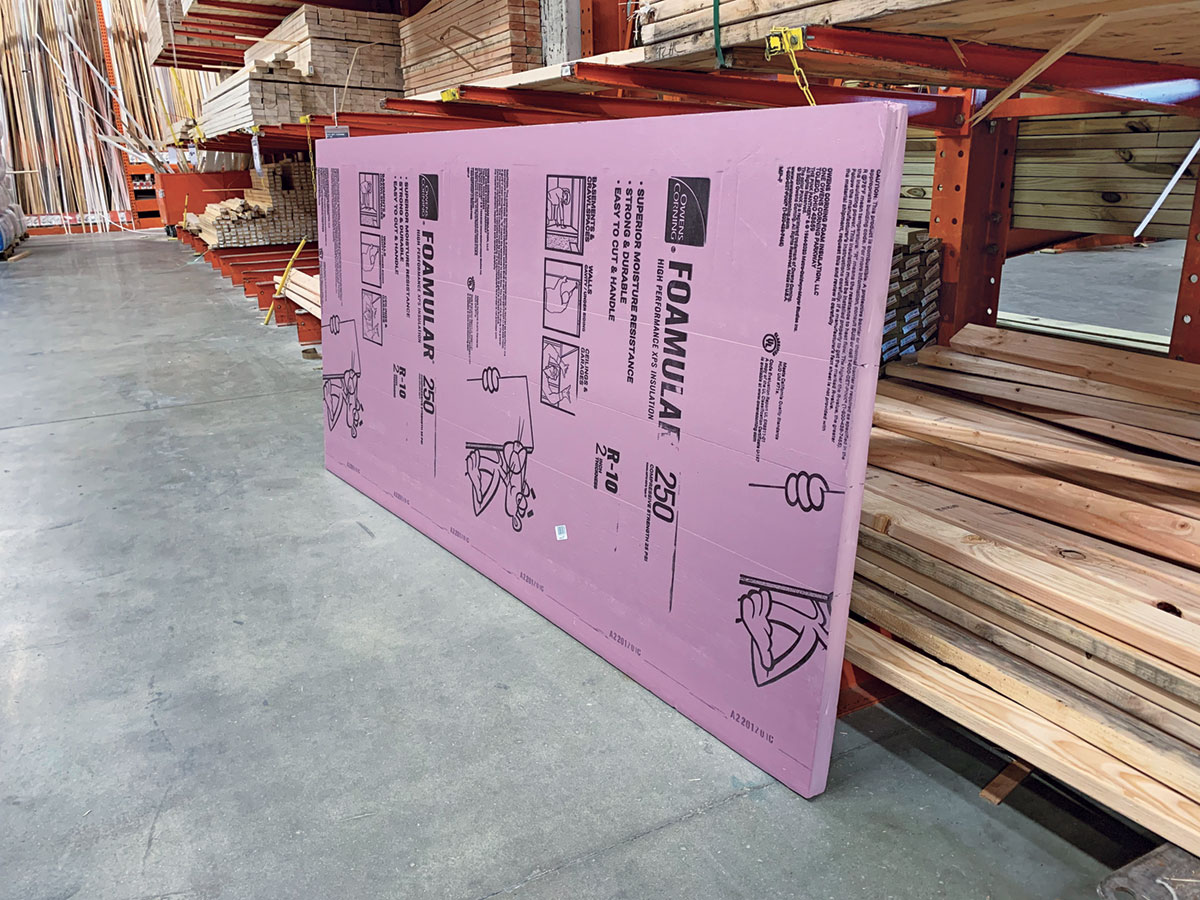

Articles
How Thick Is R-10 Rigid Insulation
Modified: January 9, 2024
Learn about the thickness of R10 rigid insulation and its benefits in our informative articles. Discover how it can enhance your home's energy efficiency and insulation performance.
(Many of the links in this article redirect to a specific reviewed product. Your purchase of these products through affiliate links helps to generate commission for Storables.com, at no extra cost. Learn more)
Introduction
Welcome to our comprehensive guide on R10 rigid insulation and its thickness! Insulation is an integral part of any building project, as it helps regulate temperature, reduces energy consumption, and enhances overall comfort. When it comes to choosing the right insulation, one factor that often comes into play is thickness. In this article, we will delve into the world of R10 rigid insulation and explore its thickness and its importance in various applications.
R10 rigid insulation is a type of insulation material that offers excellent thermal resistance. The R-value, which indicates the material’s ability to resist heat flow, serves as a crucial parameter for insulation effectiveness. R10 signifies a high R-value, making it a popular choice for applications that require superior insulation performance.
Understanding the significance of insulation thickness is essential. The thickness of an insulation material determines how effectively it can prevent heat transfer. Thicker insulation provides better insulation performance, as it creates a greater barrier against thermal conductivity.
When it comes to determining the appropriate thickness for R10 rigid insulation, several factors come into play. These factors include climate conditions, desired energy efficiency, building codes and regulations, available space, and the specific application of insulation.
In this guide, we will explore the factors to consider when determining the thickness of R10 rigid insulation. We will also discuss the recommended applications for R10 rigid insulation, as well as the benefits and limitations of using this type of insulation. By the end of this article, you will have a comprehensive understanding of R10 rigid insulation and how thickness plays a vital role in its performance.
So, let’s dive in and explore the world of R10 rigid insulation and its thickness!
Key Takeaways:
- R10 rigid insulation offers superior thermal resistance and durability, making it a versatile choice for enhancing energy efficiency in various applications such as exterior walls, roofs, and foundation insulation.
- When choosing R10 rigid insulation, consider factors like climate conditions, energy efficiency goals, available space, and building codes to ensure optimal insulation thickness and successful project outcomes.
Read more: How Thick Is R-30 Insulation
What is R10 Rigid Insulation?
R10 rigid insulation is a type of insulation material that is designed to provide high thermal resistance. It is commonly used in construction and building projects to enhance energy efficiency and thermal comfort. Rigid insulation boards, such as R10 insulation, are composed of a foam material, typically made from polyisocyanurate (polyiso) or extruded polystyrene (XPS).
R10 refers to the R-value of the insulation, which is a measure of its thermal resistance. The higher the R-value, the better the insulation’s ability to resist the flow of heat. In the case of R10 rigid insulation, it offers a high R-value, indicating its effectiveness in preventing heat transfer.
One of the key features of R10 rigid insulation is its durability and strength. The rigid foam boards are engineered to be rigid and sturdy, allowing them to withstand compression and maintain their thermal performance over time. This makes R10 insulation suitable for a variety of applications, including walls, roofs, and foundations.
R10 rigid insulation comes in various thicknesses, typically ranging from 1 inch to 4 inches. The specific thickness required depends on the desired level of insulation and the specific application. Thicker insulation offers higher R-values and better thermal performance, but it may not be suitable for every situation due to limitations in space or building codes.
In addition to its thermal resistance, R10 rigid insulation also offers other benefits. It provides excellent soundproofing capabilities, reducing noise transmission between different areas of a building. Furthermore, it acts as a moisture barrier, preventing water infiltration and condensation, which can lead to mold and structural damage.
Overall, R10 rigid insulation is a versatile and reliable option for enhancing energy efficiency and thermal comfort in buildings. Its high R-value, durability, and other beneficial properties make it a popular choice for insulation projects.
Why is Thickness Important?
The thickness of insulation plays a crucial role in its effectiveness and performance. Here are some key reasons why thickness is important when it comes to insulation:
- Thermal Resistance: The primary purpose of insulation is to limit the transfer of heat. A thicker insulation material provides a greater barrier against thermal conductivity, effectively reducing the amount of heat that can pass through it. The thicker the insulation, the higher the thermal resistance, resulting in better energy efficiency and more effective temperature regulation.
- R-Value: The R-value of insulation is a measure of its thermal resistance. It indicates how well the insulation material can resist the flow of heat. Typically, thicker insulation has a higher R-value. Therefore, choosing the appropriate thickness ensures that you achieve the desired R-value and maximize the insulation’s ability to keep the indoor environment comfortable and energy-efficient.
- Condensation Control: Insulation also plays a crucial role in preventing condensation within buildings. Condensation occurs when warm air comes into contact with a cold surface, causing moisture droplets to form. Thicker insulation helps to maintain the temperature of interior surfaces closer to the indoor air temperature, reducing the likelihood of condensation. This is especially important in areas with high humidity or when insulation is installed on exterior walls.
- Regulating Temperature: Insulation thickness can significantly impact how well a building retains or dissipates heat. Thicker insulation helps to stabilize indoor temperatures by reducing heat loss during colder months and heat gain during warmer months. It creates a more consistent and comfortable environment, improving occupant comfort and reducing the reliance on heating and cooling systems.
- Noise Reduction: In addition to thermal benefits, thicker insulation also helps to attenuate sound transmission. It acts as a barrier, reducing the transfer of airborne noise between different areas of a building. Thicker insulation abates noise pollution from external sources such as traffic or nearby construction, as well as internal noise between rooms or floors.
By considering the importance of thickness in insulation, you can make informed decisions that will optimize energy efficiency, enhance comfort, and create a healthier living or working environment. It’s crucial to consult building codes, industry standards, and insulation manufacturers’ recommendations to ensure you choose the appropriate thickness for your specific application.
Factors to Consider When Determining Insulation Thickness
When determining the appropriate thickness for insulation, several factors should be taken into consideration. These factors help ensure that the insulation provides optimal thermal performance and meets your specific needs. Here are some key factors to consider:
- Climate and Location: The climate and geographic location of the building play a crucial role in determining insulation thickness. Cold climates require thicker insulation to minimize heat loss during winter months, while hot climates may benefit from thicker insulation to reduce heat gain. Understanding the climate and local weather patterns will help determine the appropriate thickness to achieve desired energy efficiency.
- R-Value Requirement: Every region and building type has recommended minimum R-values specified by building codes. These values indicate the required level of insulation to meet energy efficiency standards. It’s essential to consider these requirements when determining insulation thickness to ensure compliance and optimal thermal performance.
- Energy Efficiency Goals: Consider your energy efficiency goals when determining insulation thickness. If you aim for exceptional energy efficiency, a higher insulation thickness will be required to achieve greater heat resistance and prevent more heat transfer. Balancing energy efficiency goals with practicality and budget constraints is crucial.
- Available Space: The available space for insulation is a significant limiting factor. In some cases, there may be physical constraints that prevent the installation of thicker insulation. It’s important to carefully measure the available space and choose insulation thickness that fits within the space limitations while still providing adequate thermal resistance.
- Building Design and Structure: The design and structure of the building may influence insulation thickness. Different building components, such as walls, roofs, and floors, may require specific insulation thicknesses based on factors like load-bearing capacity, fire rating requirements, or architectural design. Consulting with architects, engineers, or insulation specialists can help determine the ideal insulation thickness for various building elements.
- Cost Considerations: Insulation thickness can impact material and installation costs. Thicker insulation generally costs more than thinner insulation, both in terms of material expenses and labor costs. It’s important to find a balance between insulation thickness and budget, considering the long-term energy savings and return on investment provided by higher insulation thickness.
By carefully evaluating these factors, you can determine the appropriate insulation thickness that meets your energy efficiency goals, complies with local regulations, and fits within the constraints of your building design and budget. It is recommended to consult with insulation experts or professionals who can provide valuable insights tailored to your specific project requirements.
R10 rigid insulation typically has a thickness of 2 inches. This level of insulation is commonly used in walls, roofs, and foundations to provide a high level of thermal resistance.
Recommended Applications for R10 Rigid Insulation
R10 rigid insulation is a versatile and high-performance material suitable for a wide range of applications. Its superior thermal resistance and durability make it an ideal choice for various construction and building projects. Here are some recommended applications for R10 rigid insulation:
- Exterior Walls: R10 rigid insulation is commonly used in exterior wall assemblies to enhance energy efficiency and thermal comfort. It helps prevent heat loss or gain through the walls, reducing energy consumption and improving indoor climate control.
- Roofs and Ceilings: R10 rigid insulation is well-suited for roof and ceiling applications. It provides insulation against thermal transfer, preventing heat gain or loss from the outside environment. Insulating roofs and ceilings with R10 rigid insulation helps maintain a consistent indoor temperature and reduces the load on heating and cooling systems.
- Foundation Insulation: Insulating the foundation is crucial for preserving energy efficiency and preventing moisture infiltration. R10 rigid insulation can be installed on the exterior or interior side of foundation walls, providing a thermal barrier and preventing heat transfer from the ground to the building structure.
- Floor Insulation: R10 rigid insulation can be used to insulate floors, especially in areas with crawl spaces or unconditioned basements. It helps to minimize heat loss from the floor, making the space above more comfortable and reducing energy demands.
- Insulated Sheathing: R10 rigid insulation can be utilized as building sheathing for added insulation and structural support. It serves as a continuous insulation layer, preventing thermal bridging and improving overall energy efficiency.
- Interior Wall Insulation: In some cases, R10 rigid insulation may be suitable for interior wall insulation, particularly in applications where moisture resistance and soundproofing are desired. It can help reduce noise transmission between rooms and floors while providing an additional thermal barrier.
It’s important to note that specific building codes, local regulations, and project requirements may influence the recommended applications for R10 rigid insulation. Consulting with architects, engineers, or insulation experts is crucial to determine the best application and installation methods for your project.
Overall, R10 rigid insulation offers exceptional insulation performance and can be applied in various areas to improve energy efficiency, thermal comfort, and sound reduction. Its versatility and durability make it a reliable choice for both residential and commercial construction projects.
Read more: How Thick Is R-38 Insulation
Benefits of Using R10 Rigid Insulation
R10 rigid insulation offers a range of benefits that make it a popular choice for insulation projects. Its high thermal resistance, durability, and versatility make it a reliable solution for enhancing energy efficiency and improving thermal comfort. Here are some key benefits of using R10 rigid insulation:
- Superior Thermal Resistance: R10 rigid insulation provides excellent thermal resistance, allowing it to effectively limit heat transfer. Its high R-value indicates its ability to resist the flow of heat, reducing energy consumption and improving indoor comfort levels.
- Energy Efficiency: By limiting heat loss or gain through the building envelope, R10 rigid insulation helps improve energy efficiency. It reduces the reliance on heating and cooling systems, resulting in lower energy bills and reduced environmental impact.
- Durable and Long-Lasting: R10 rigid insulation is engineered to be rigid and durable, ensuring long-lasting performance. It can withstand compression, moisture, and temperature changes without compromising its insulating properties, making it a reliable choice for various applications.
- Noise Reduction: In addition to thermal benefits, R10 rigid insulation helps reduce noise transmission through walls and floors. It acts as a barrier, absorbing and blocking sound waves, resulting in a quieter and more comfortable indoor environment.
- Moisture Resistance: R10 rigid insulation exhibits excellent moisture resistance, helping to prevent water infiltration and condensation. It forms a barrier against moisture, reducing the risk of mold growth, structural damage, and air quality issues.
- Improved Indoor Comfort: By reducing heat transfer, R10 rigid insulation helps maintain a consistent indoor temperature. It minimizes drafts and temperature fluctuations, creating a more comfortable living or working environment for occupants.
- Design Flexibility: R10 rigid insulation boards are available in various sizes and thicknesses, allowing for design flexibility and adaptation to different construction applications. It can be easily cut and shaped to fit specific dimensions or architectural requirements.
It’s important to note that proper installation and adherence to building codes and manufacturer guidelines are crucial to achieve these benefits effectively. Consulting with insulation experts or professionals during the planning and installation process is highly recommended to ensure optimal insulation performance and long-term durability.
Overall, R10 rigid insulation offers numerous benefits, including enhanced energy efficiency, improved thermal comfort, noise reduction, and moisture resistance. Its durability and versatility make it a reliable choice for both residential and commercial insulation projects.
Limitations and Considerations of R10 Rigid Insulation
While R10 rigid insulation offers many benefits, it is important to be aware of its limitations and consider certain factors before choosing it for your insulation needs. By understanding these limitations, you can make informed decisions and ensure the effectiveness of your insulation project. Here are some key limitations and considerations of R10 rigid insulation:
- Space Constraints: R10 rigid insulation has a certain thickness, which may not be suitable for all applications, especially those with limited space. It is important to assess the available space and determine if R10 insulation can be accommodated without affecting the structural integrity or violating building codes.
- Installation Challenges: Installing rigid insulation requires proper techniques and skills to ensure effective performance. Improper installation, such as gaps, poorly sealed joints, or inadequate fastening, can compromise the insulation’s effectiveness and lead to heat loss or moisture-related issues. Hiring professional installers or following manufacturer guidelines is essential to overcome installation challenges.
- Cost: R10 rigid insulation may have a higher upfront cost compared to other insulation materials. The thicker the insulation, the higher the material and labor costs. It is important to consider the long-term energy savings and return on investment when evaluating the cost-effectiveness of R10 insulation for your project.
- Moisture Management: Although R10 insulation is moisture-resistant, it is not entirely impermeable. Proper moisture management measures should be in place to ensure that any moisture that does make contact with the insulation is properly drained or removed. This helps prevent potential damage, mold growth, and compromise in insulation performance.
- Compatibility with Other Materials: R10 rigid insulation may have specific compatibility requirements with other materials in your construction project. It is important to consider the compatibility of R10 insulation with other building components, such as wall systems, adhesives, and finishes, to ensure proper integration and avoid any negative interactions.
- Insulation Thickness Trade-Offs: While thicker insulation generally provides better thermal performance, it may not always be feasible or necessary in every application. Consider the specific requirements of your project, the climate conditions, and any physical limitations to strike a balance between insulation thickness and practicality.
By acknowledging these limitations and considerations, you can make informed decisions and optimize the effectiveness of R10 rigid insulation in your building project. It is crucial to consult with insulation experts, architects, or builders who can provide guidance and ensure that the chosen insulation material aligns with your project’s specific needs and constraints.
Conclusion
R10 rigid insulation is a versatile and high-performance insulation material that offers superior thermal resistance and durability. Its use in various applications can significantly enhance energy efficiency, improve thermal comfort, and provide other benefits like noise reduction and moisture resistance. However, it is essential to consider certain factors and limitations when choosing R10 rigid insulation for your project.
By understanding the significance of insulation thickness, you can make informed decisions that optimize energy efficiency and meet specific project requirements. Factors such as climate conditions, energy efficiency goals, available space, and building codes should be carefully considered to determine the appropriate thickness for R10 rigid insulation.
Recommended applications for R10 rigid insulation include exterior walls, roofs, foundations, floors, insulated sheathing, and interior walls. Its high thermal resistance, durability, and versatility make it a reliable choice for enhancing energy efficiency, reducing noise transmission, and preventing moisture-related problems.
However, it is important to be aware of the limitations and considerations of R10 rigid insulation. Space constraints, installation challenges, cost considerations, moisture management, compatibility, and insulation thickness trade-offs should be taken into account to ensure successful insulation projects.
In conclusion, R10 rigid insulation offers numerous benefits and is suitable for a wide range of applications in both residential and commercial construction projects. By considering the factors discussed in this guide and consulting with insulation experts or professionals, you can choose and install R10 rigid insulation effectively, optimizing energy efficiency, thermal comfort, and long-term durability in your building.
Frequently Asked Questions about How Thick Is R-10 Rigid Insulation
Was this page helpful?
At Storables.com, we guarantee accurate and reliable information. Our content, validated by Expert Board Contributors, is crafted following stringent Editorial Policies. We're committed to providing you with well-researched, expert-backed insights for all your informational needs.
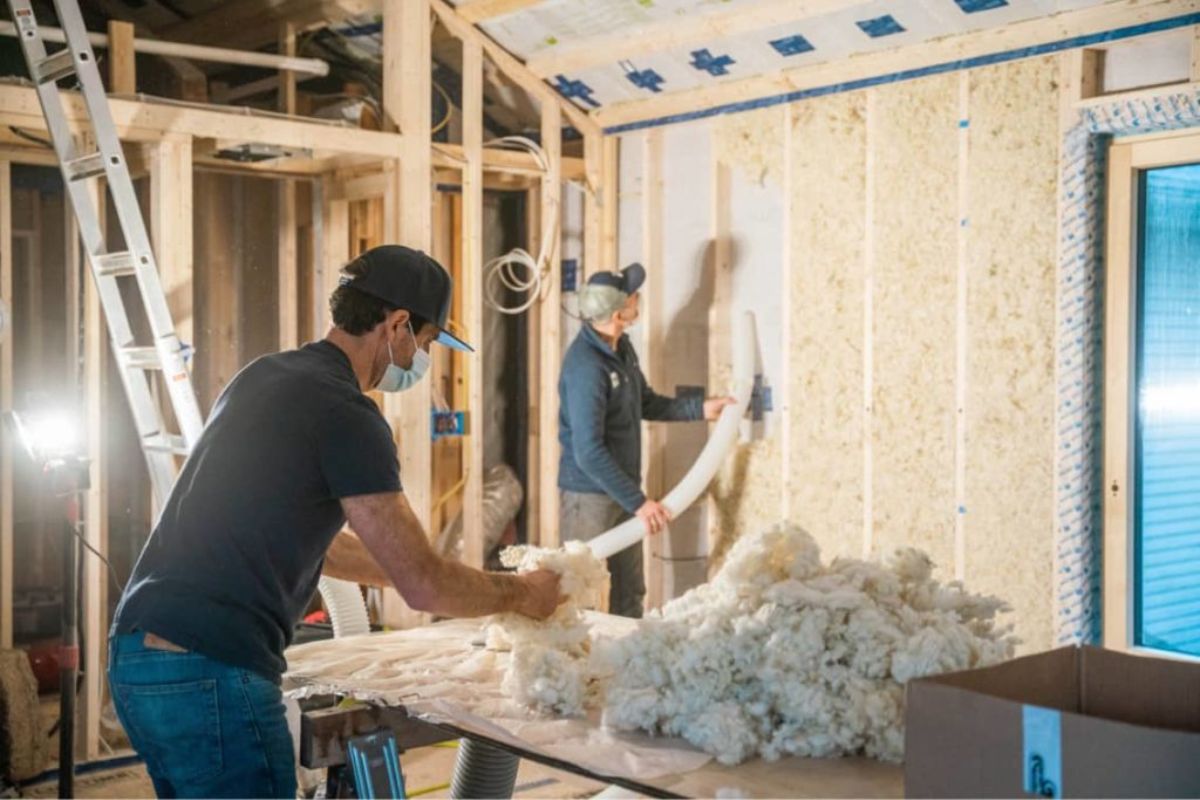
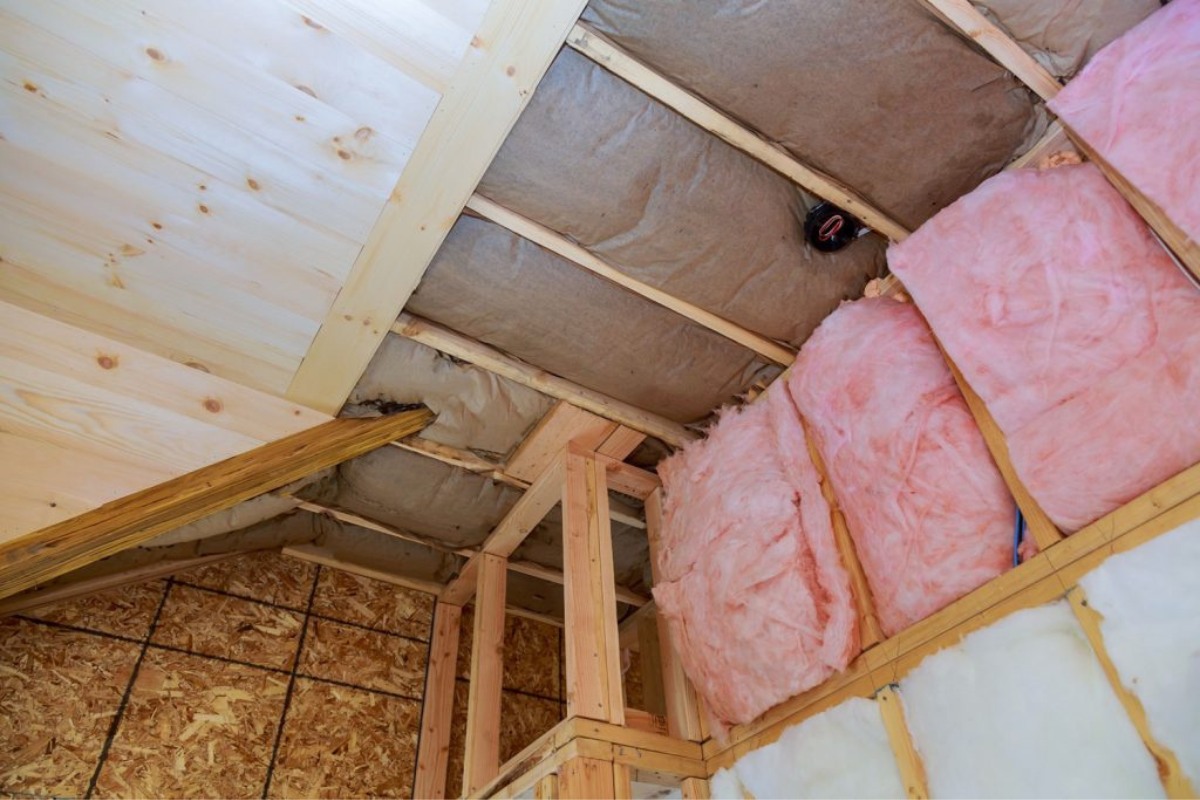
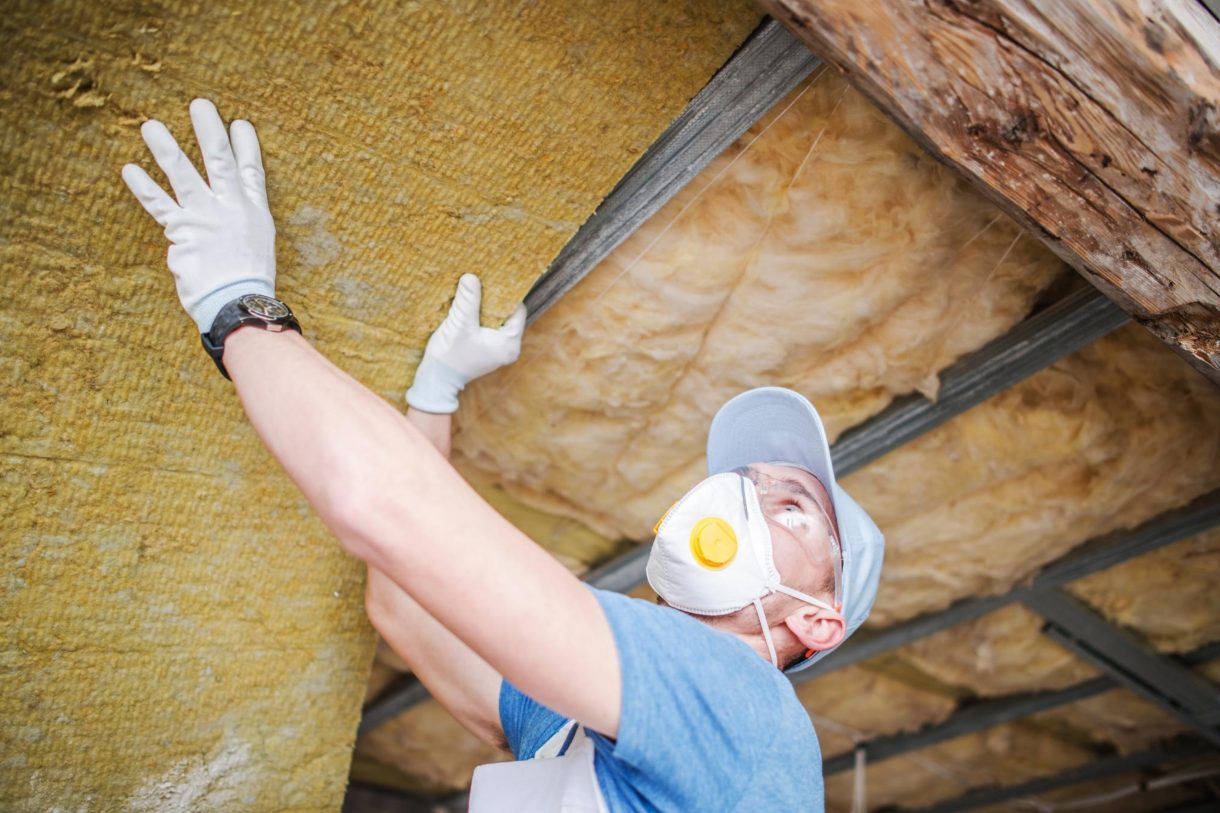
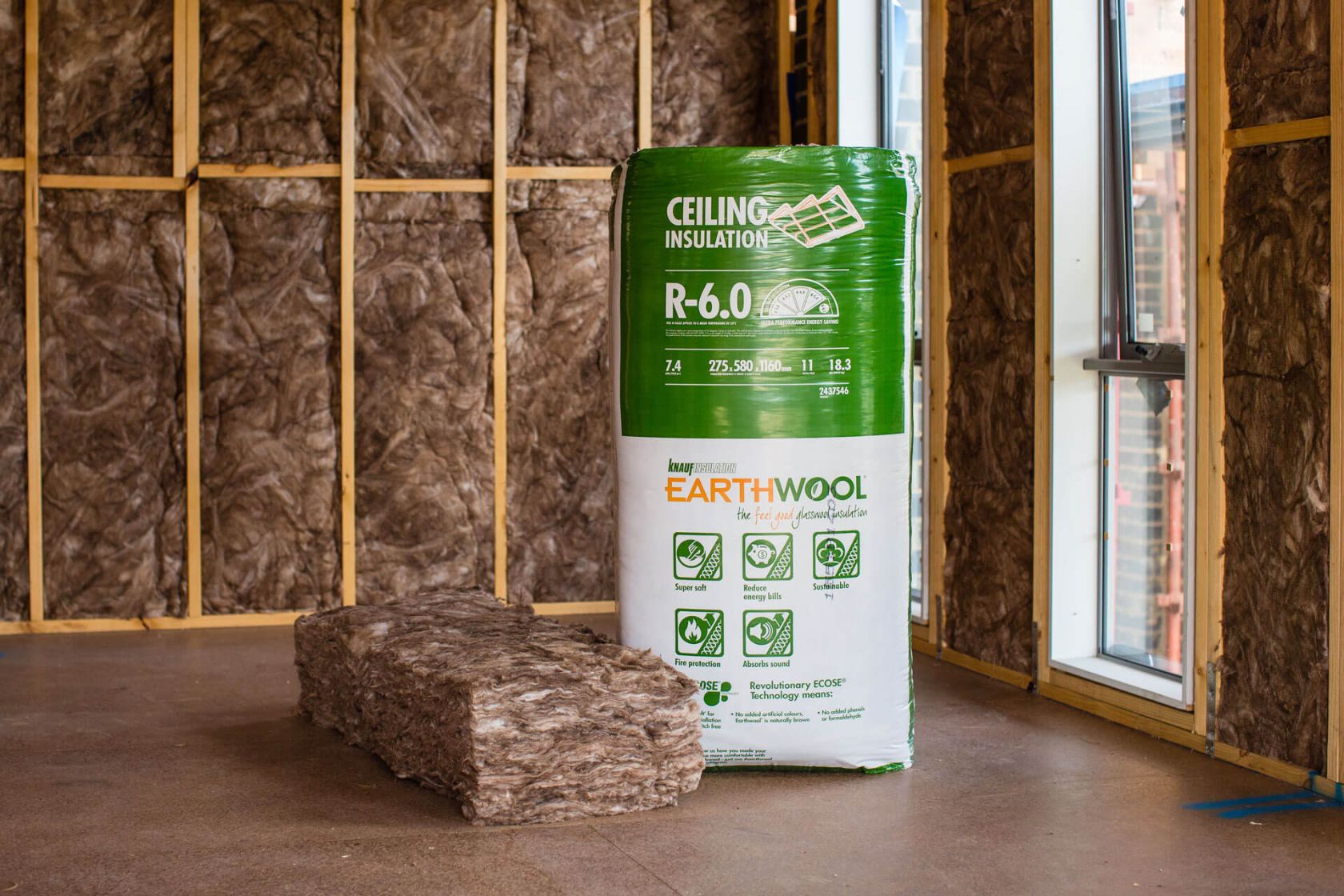
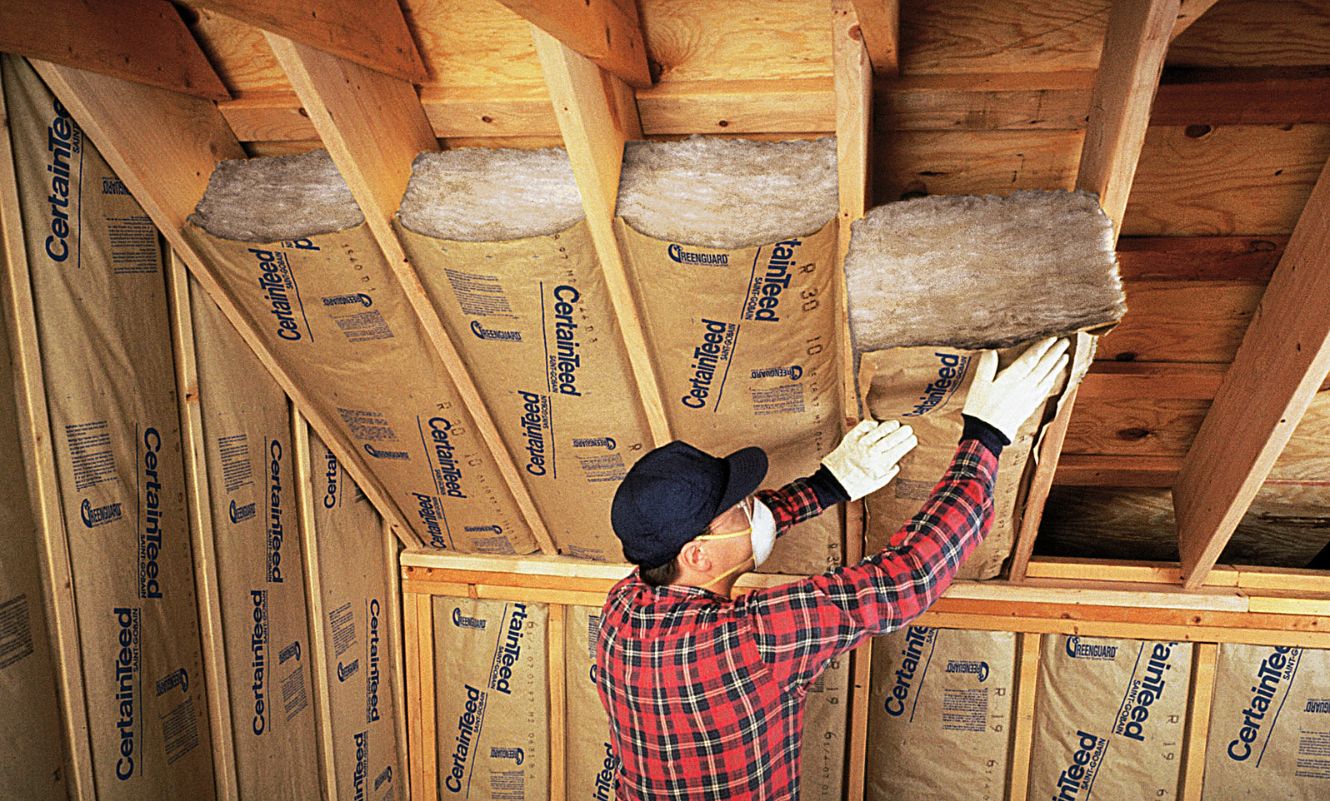
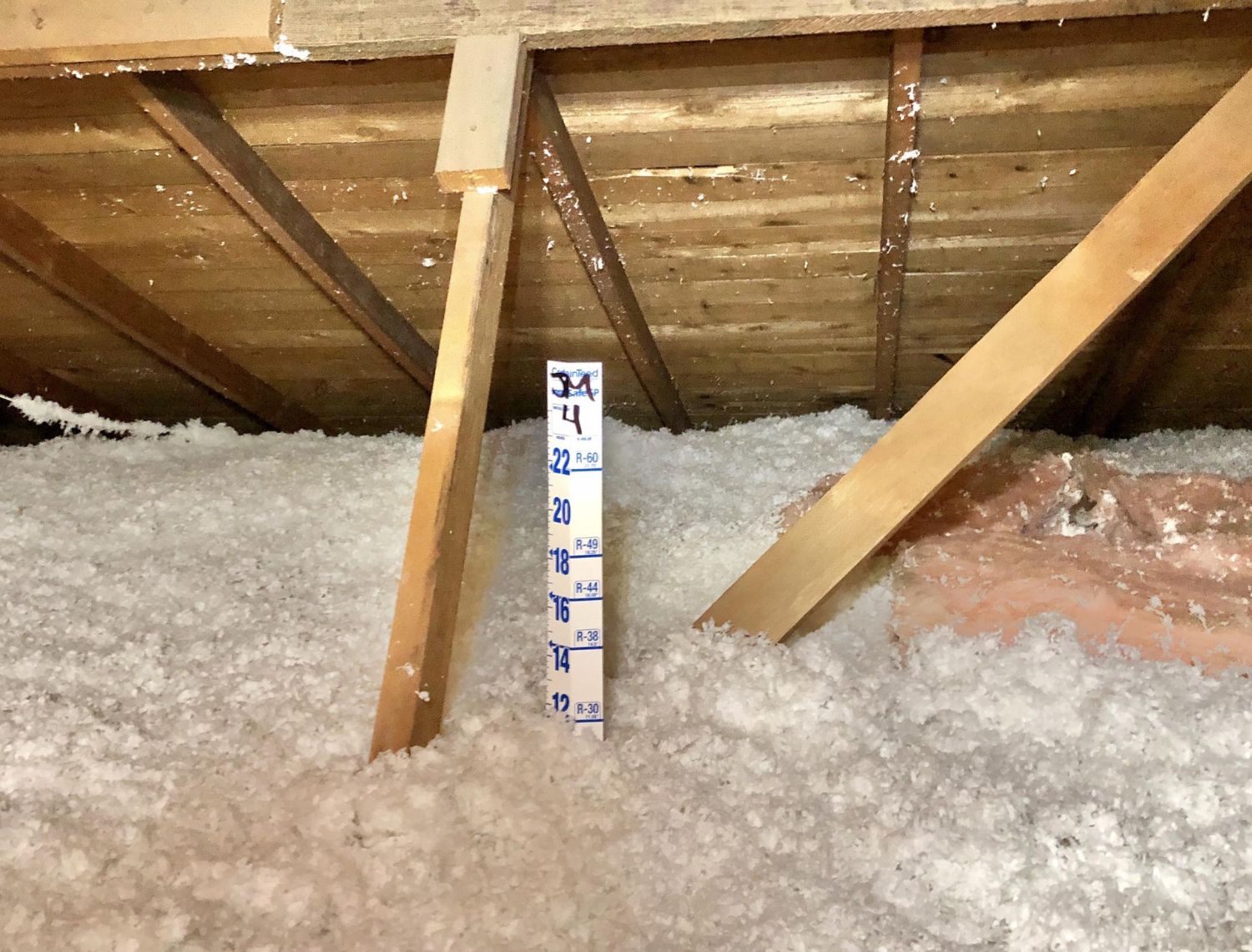
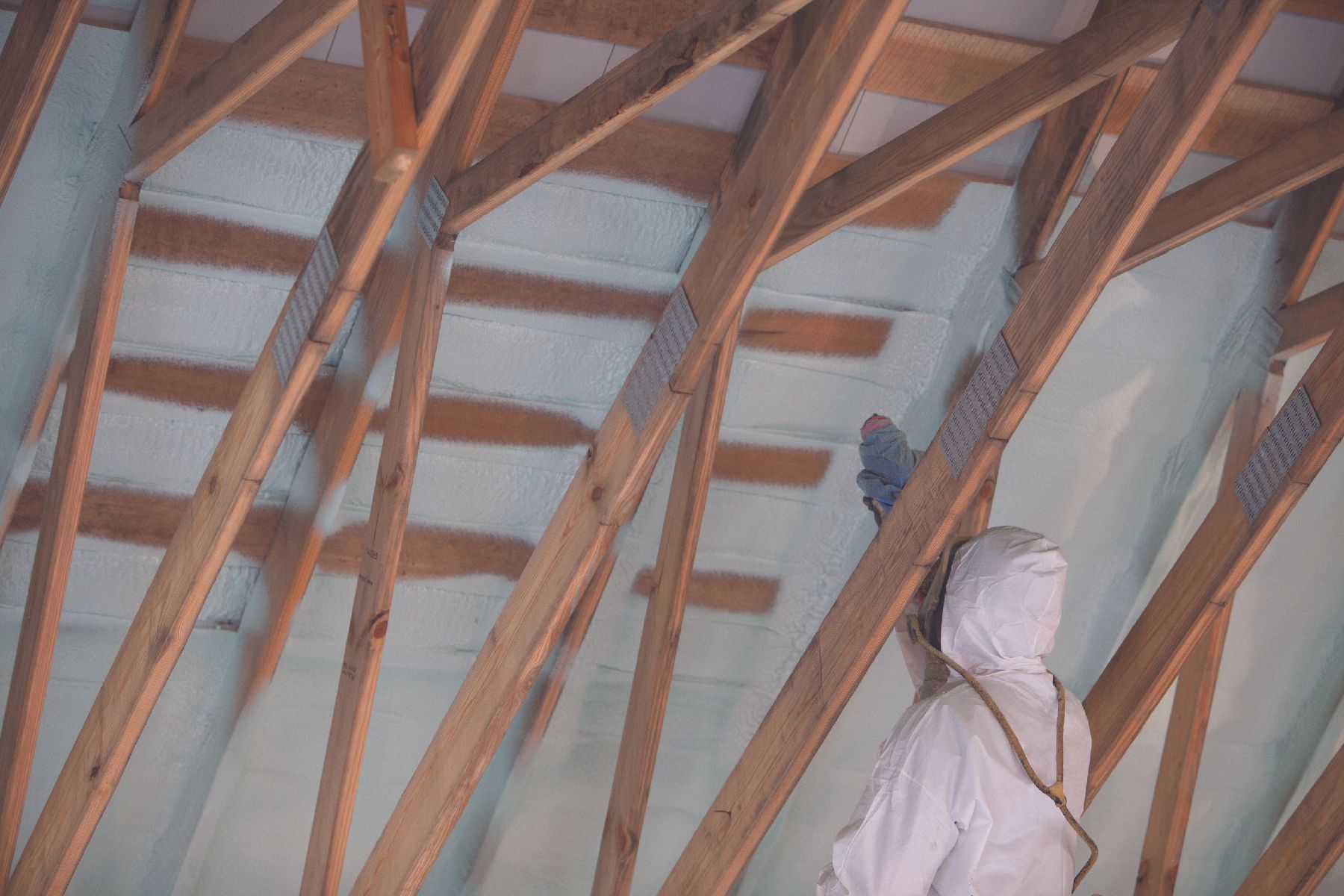
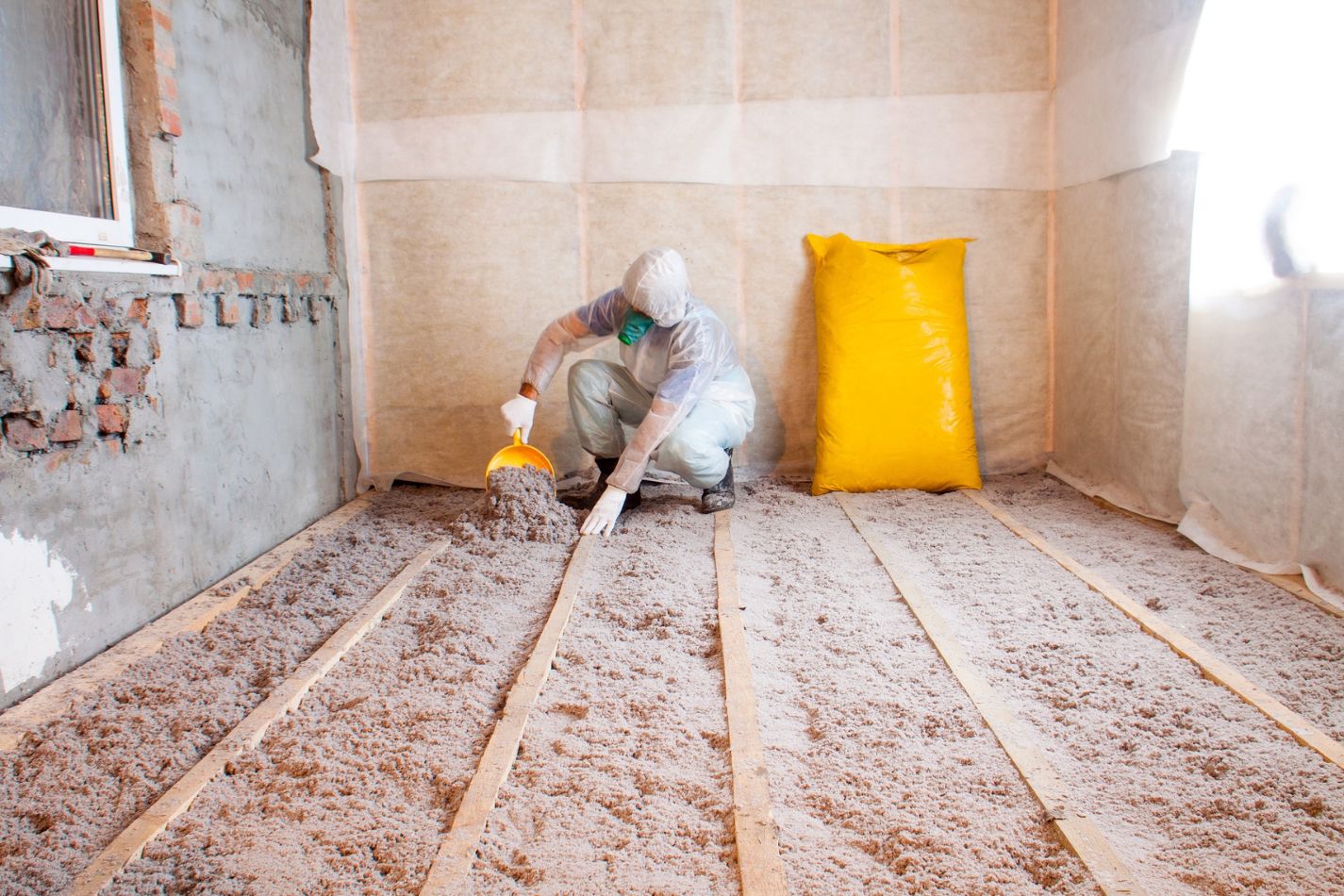
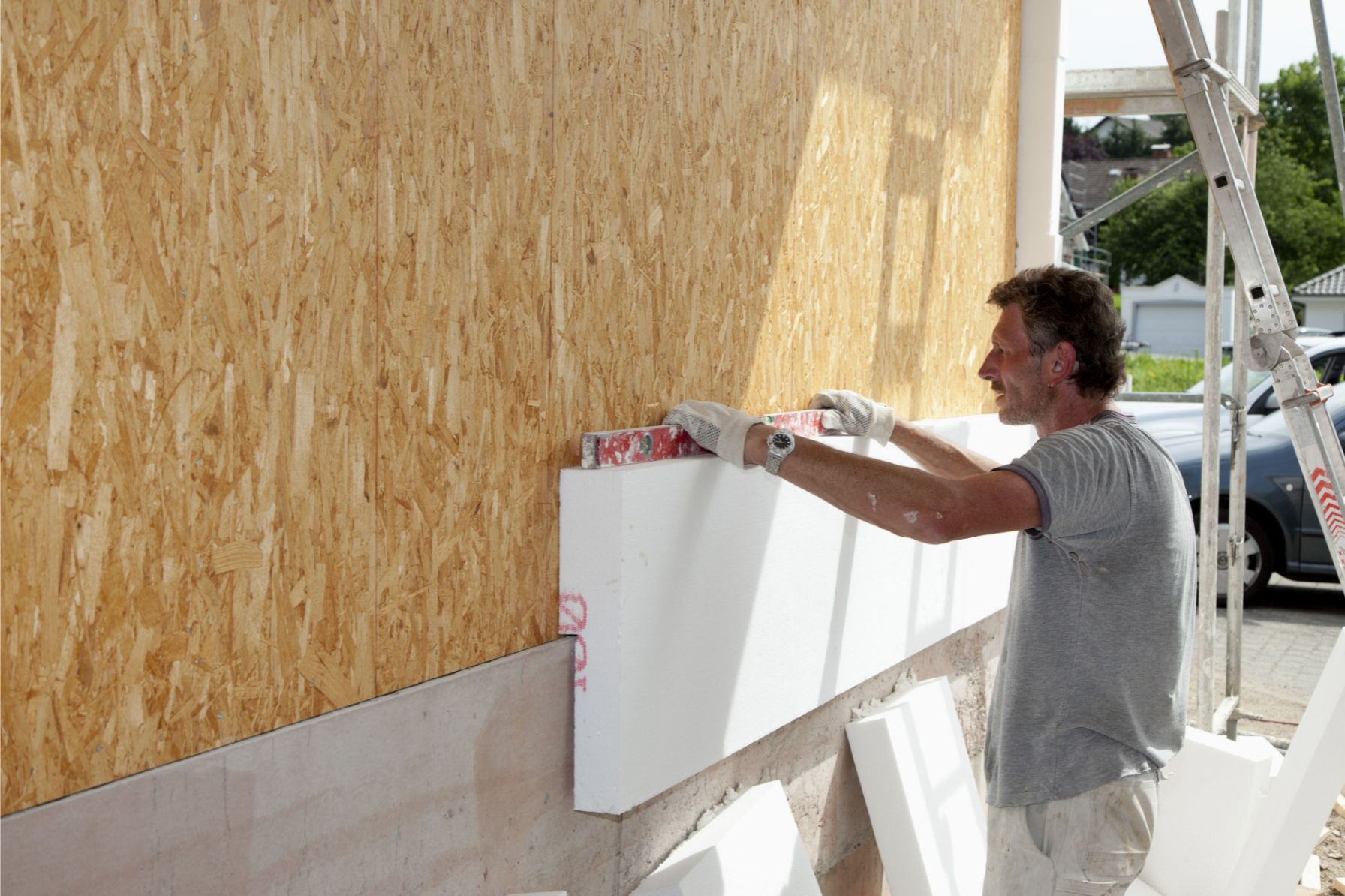
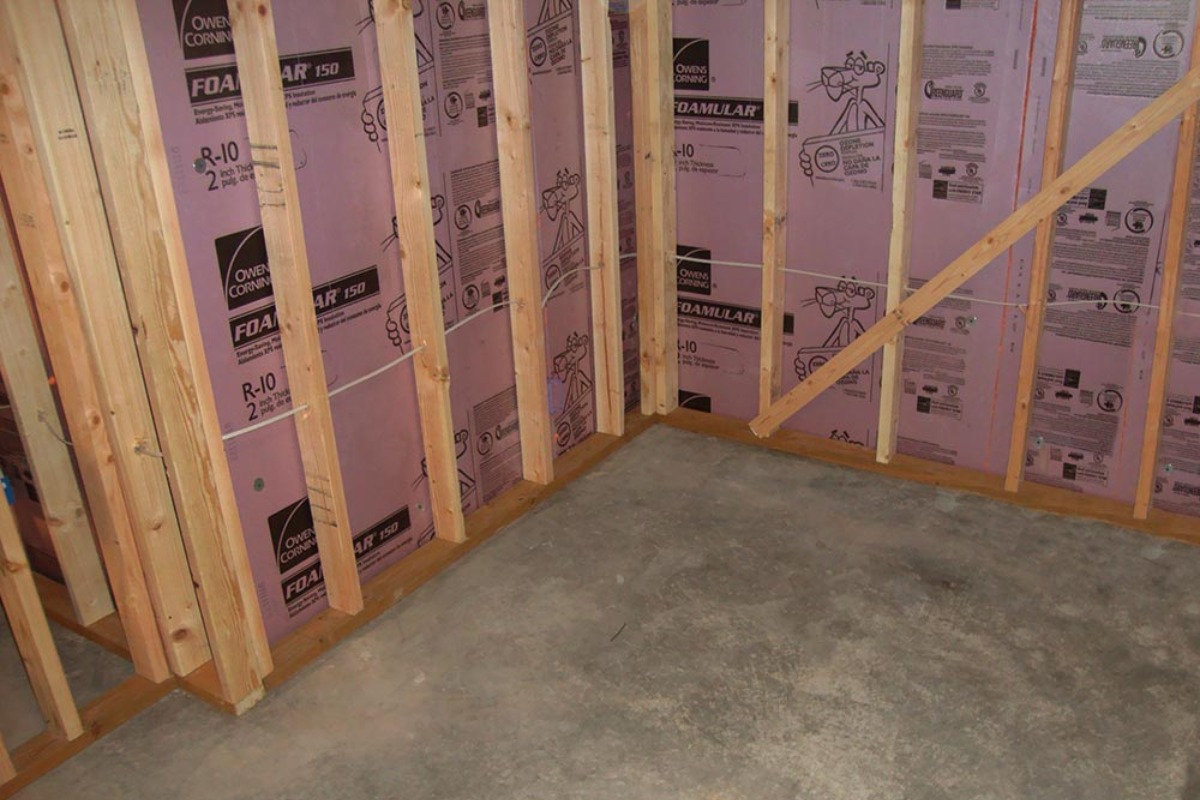
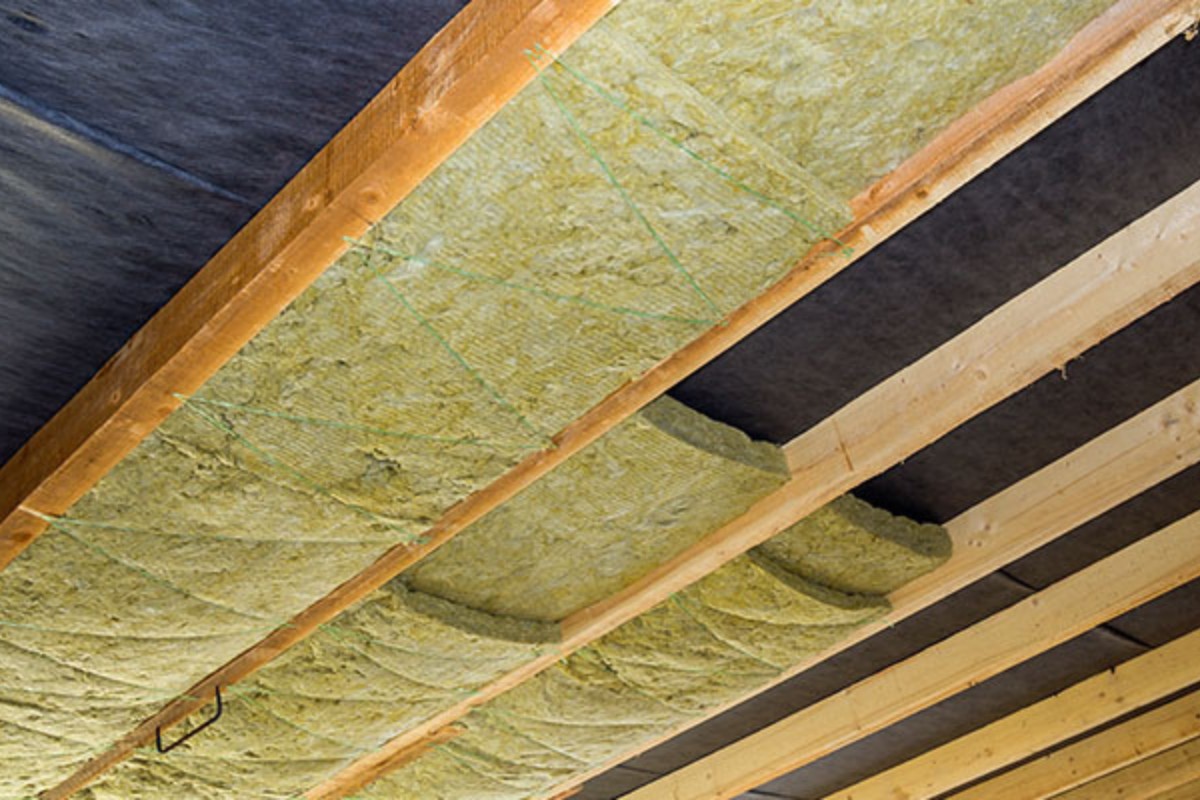
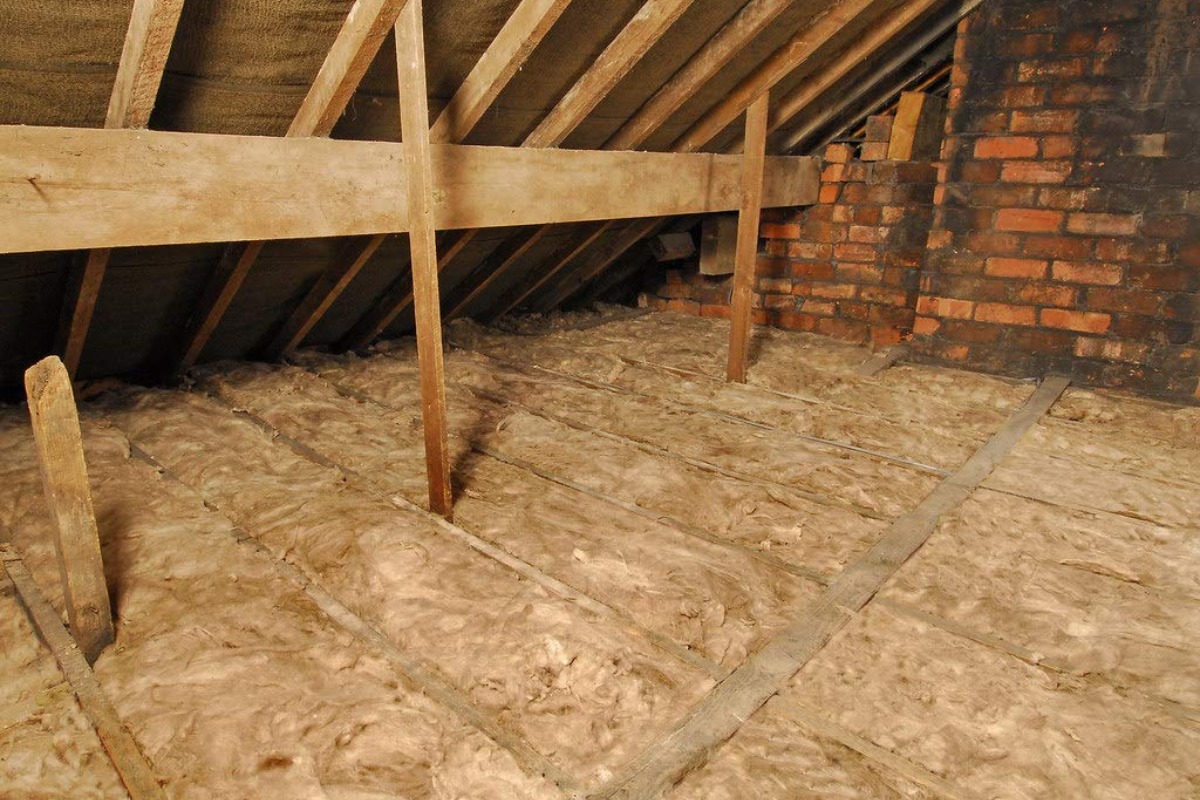
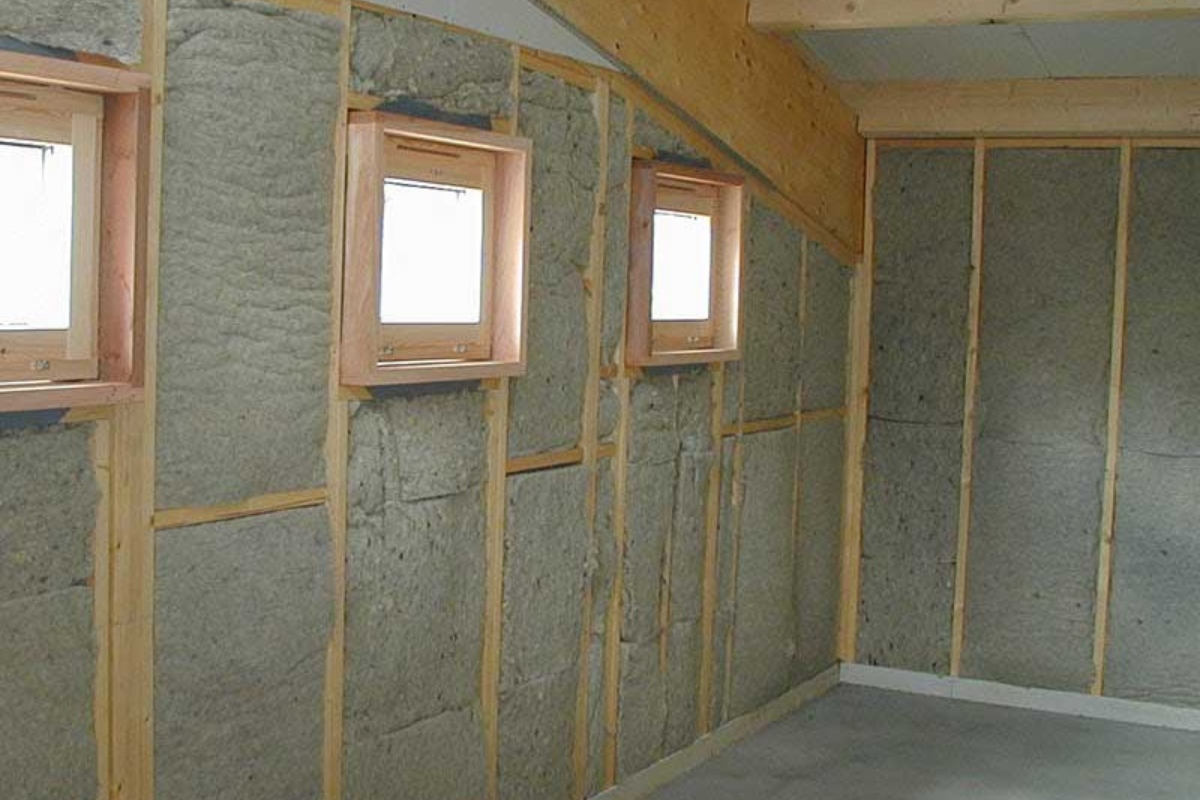
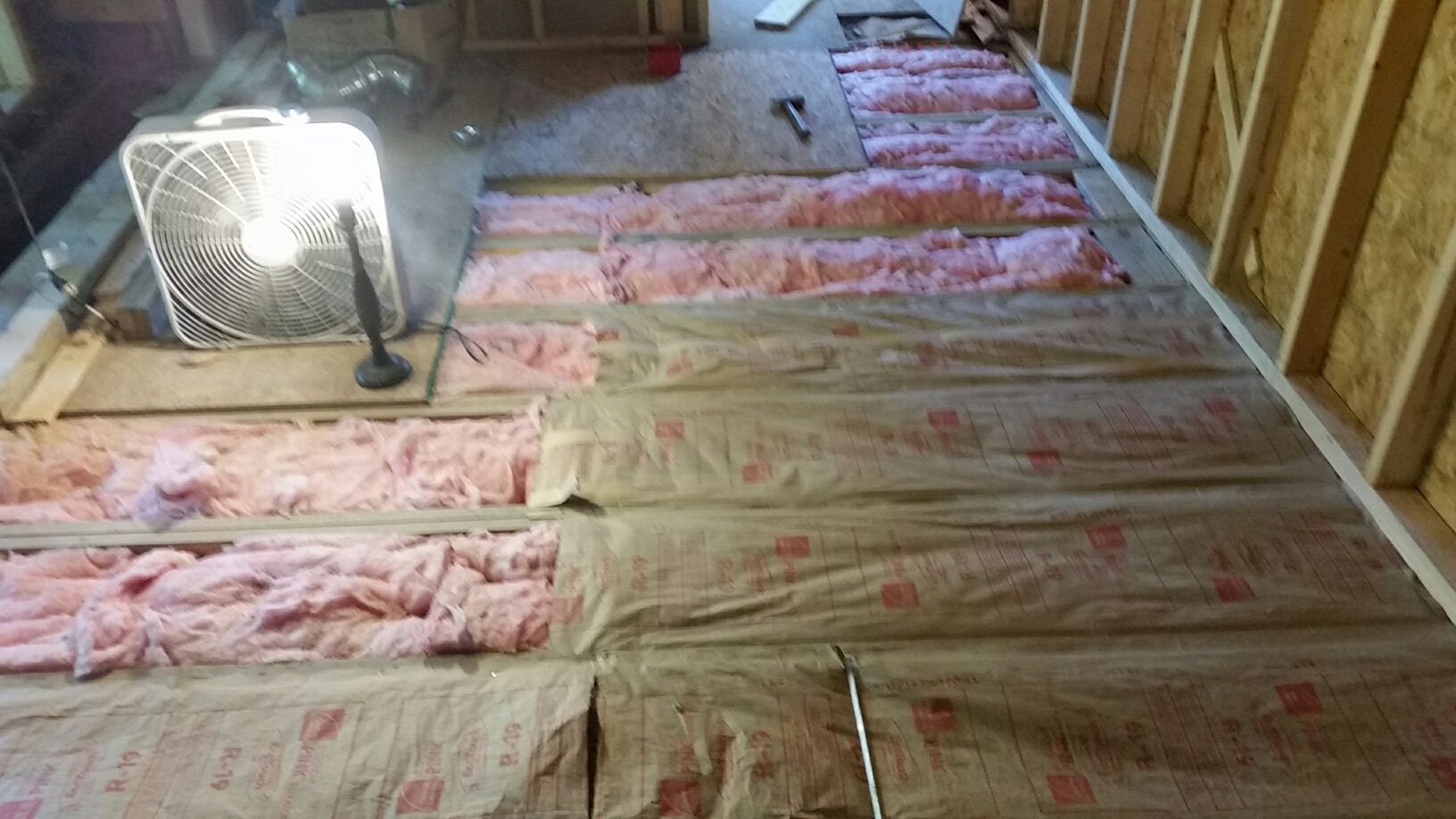

0 thoughts on “How Thick Is R-10 Rigid Insulation”